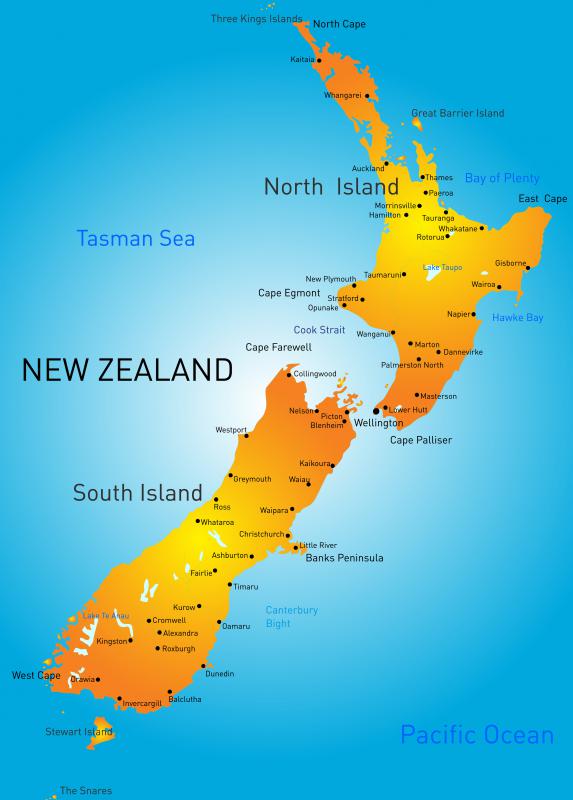At WiseGEEK, we're committed to delivering accurate, trustworthy information. Our expert-authored content is rigorously fact-checked and sourced from credible authorities. Discover how we uphold the highest standards in providing you with reliable knowledge.
What is Kauri Gum?
Kauri gum is resin from the kauri tree, also known as Agathis australis. This product was once widely produced in New Zealand and was a major source of income for this nation in the late 1800s and early 1900s. Today, kauri gum is primarily a novelty item and particularly fine examples can be very expensive.
Like other resinous trees, the kauri tree produces a thick sap for healing wounds in the bark. When a tree is injured, the sap oozes out to cover the wound. As the tree develops, the sap scab is eventually pushed off by the growing bark. Kauri trees once covered much of New Zealand and consequently, the ground around many kauri forests became covered in gum deposits. Eventually, these deposits fossilized, just like amber in many other regions of the world.

Fossilized kauri gum was harvested across New Zealand and graded by quality, with hard, pale gums being particularly prized, while softer and darker gums were less valuable. The fossil gum could be used in the production of varnishes and decorative ornaments. The Maori people of New Zealand used fresh and fossilized gum for cooking and lighting, as it burns readily, and also used it in the production of pigments for traditional ta moko tattooing. Kauri gum was also used to make chewing gums.
Searching for fossilized kauri gum required digging in areas that once hosted kauri trees. Settlers to New Zealand, as well as native Maori, were involved in the kauri gum industry, exporting copious amounts of fossilized material to England in the 1800s. Today, this product can be difficult to obtain. Several museums maintain stores of kauri gum, including ornaments and other products made with it, and private collectors have individual pieces as well. Costs for collectible items vary, depending on the item, the size, and the quality of the gum used in its production, but some items can be extremely expensive.
The market for fossilized tree resins is primarily focused on the production of ornaments and jewelry today, as synthetics have arisen to replace products like kauri and amber in varnishes and paints. Visitors to New Zealand can see interesting examples of traditional art made with this product in museums, and can also find some items for sale from companies specializing in the collection and sale of kauri artifacts. As with other collectible items, it is advisable to get the opinion of a knowledgeable person about the authenticity of an item before buying, especially if it is expensive.
AS FEATURED ON:
AS FEATURED ON:











Discuss this Article
Post your comments